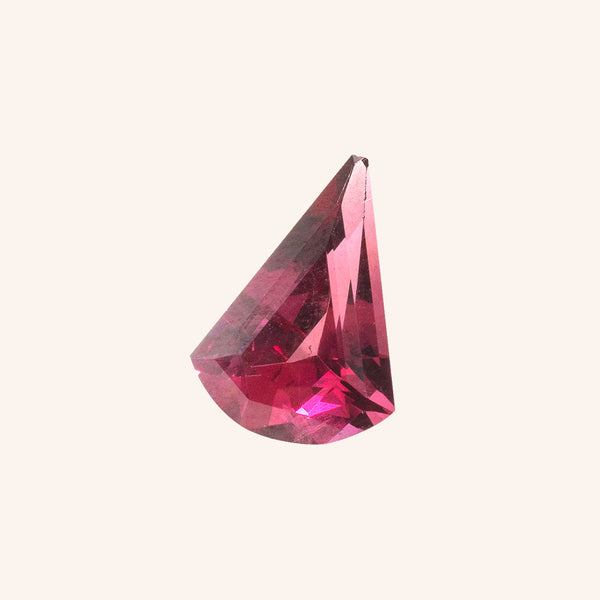

Mineral: Garnet
Colour: All colours
Moh's Hardness: 6.5 - 7.5
Birthstone: January
Anniversary: 2nd
The name garnet comes from the Latin word ‘garantus’ meaning grain, in reference to the pomegranate fruit with it’s jewel-like seeds. The garnet has been a popular gem throughout history, reaching back to the Bronze Age. The term garnet refers to the whole family of minerals that come in a wide array of colours and varieties. Red is the most well known colour but they are also found in green, orange, pinkish oranges, purplish red and even some blues.
History
The Egyptians prized garnets for jewellery, with a garnet necklace found in a grave dating back to 3800 BC. Garnet was used as a talisman for warriors going into battle and also as protection against sickness and the plague, with some ancient healers and medicine men reported to place garnets in wounds due to its perceived healing properties. In ancient Rome, garnets were often featured in signet rings and they were favoured by nobility in the Middle Ages. The Victorians loved garnets and they were often used in jewellery, much of the supply at this time coming from Bohemia.
Care
In terms of hardness, garnets range from 6.5 to 7.5 on the Moh’s scale. The garnet varieties of almandine, pyrope, spessartine and tsavorite are on the harder side while demantoid is a bit softer. They have a fair to good toughness making them suitable for most types of jewellery but hard knocks must be avoided. To clean, soak in warm soapy water and use a soft toothbrush to dislodge any dirt and grime. Dry with a soft cloth.


















